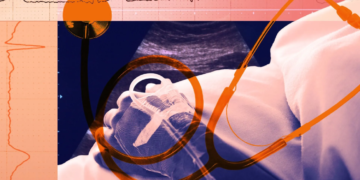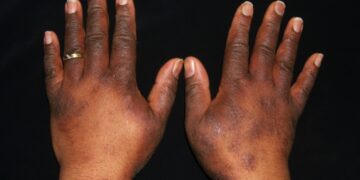Geopolitical fault-line cities in the world of divided cities. Img source: www.sciencedirect.com
May 31, 2024 Story by: Editor
Despite being a nation built on ideals of liberty and justice, America continues to grapple with the uncomfortable reality of racism. From the legacies of slavery to the civil rights movements and beyond, racial issues remain a significant challenge. While every city has its unique struggles, some exhibit more pronounced racial disparities. This article explores five American cities known for their racial tensions, focusing on segregation, economic inequality, and police brutality.
Boston, Massachusetts
Boston, renowned for its pivotal role in American independence, paradoxically struggles with deep-rooted racial issues. Segregation between Black and white communities remains stark, with neighborhoods still divided along racial lines. The socio-economic divide further exacerbates these disparities.
A 2017 study from the University of Chicago revealed that Boston had the highest rate of racial segregation for Black residents. Alarmingly, Black Bostonians faced higher rates of police stops, searches, and arrests compared to their white counterparts.
Ferguson, Missouri
Ferguson gained international attention following the tragic shooting of Michael Brown, an unarmed Black teenager, in 2014. This incident highlighted longstanding racial tensions in the city.
Despite having a significant Black population, Ferguson’s police force remains predominantly white. A 2015 Department of Justice investigation uncovered systemic racial biases within the Ferguson Police Department, showing Black residents were disproportionately targeted for stops, searches, and excessive force.
Milwaukee, Wisconsin
Milwaukee’s history of racial unrest includes significant events like the 1967 riots in Sherman Park following the police-involved death of a Black individual. The city has since struggled with persistent racial disparities.
Today, Black residents in Milwaukee face both socio-economic barriers and heightened police scrutiny. A 2016 ACLU analysis found that Black Milwaukeeans were four times more likely to be stopped by police than their white counterparts.
Cleveland, Ohio
Cleveland’s racial tensions erupted in 1966 with riots following the police shooting of Edward Leonski, a Black man. Unfortunately, these issues persist in the present day.
The city experiences deep racial divisions, with significant disparities in wealth and opportunities. A 2014 Department of Justice report highlighted systemic racial biases in the Cleveland Police Department, with Black residents disproportionately subjected to stops, searches, and aggressive police actions.
Chicago, Illinois
Chicago’s architectural beauty and rich cultural heritage stand in stark contrast to its severe racial issues. The divide between Black and white neighborhoods is significant, leading to substantial socio-economic inequalities.
A 2015 study by the University of Chicago revealed that Black Chicagoans faced a 14-fold increased risk of fatal police encounters compared to white residents. Routine police stops and searches also disproportionately targeted Black Chicagoans.
Final Thoughts
Highlighting these cities aims not to overshadow their achievements but to underscore the urgent need for change. Addressing and confronting the profound racial issues in these cities is crucial for creating a truly equitable and just society. America’s promise of liberty and justice for all demands nothing less. Source: MSN

















